How to Build a Successful Multilingual eCommerce?
In today's global economy, multilingual eCommerce is not just an option; it's a strategic imperative.
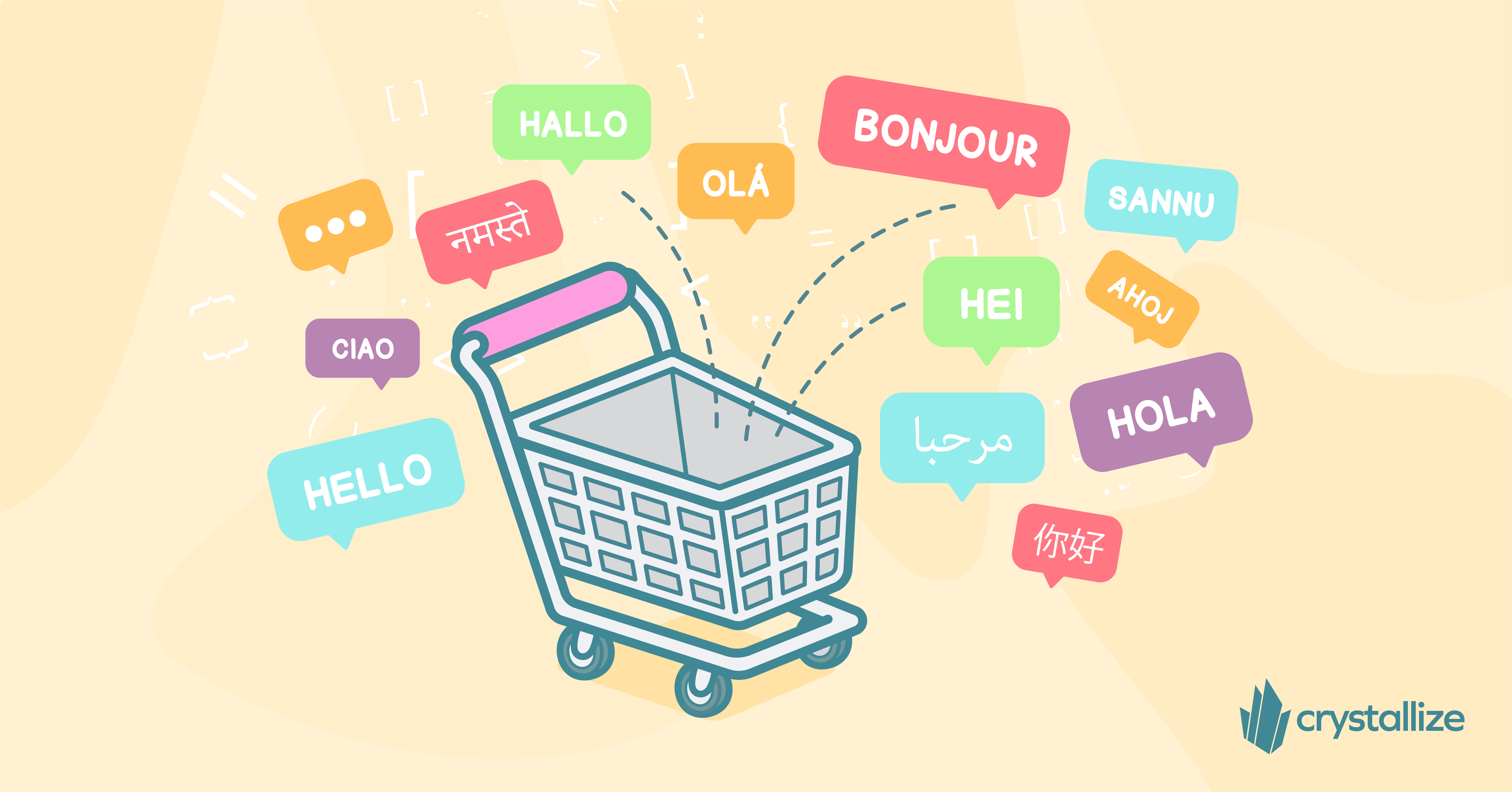
Even if your business isn’t global, every language you add to your eCommerce platform increases the number of people who can use your services or products.
Nearly 73% of consumers said they would be more inclined to buy a product with information in their language. In comparison, 56.2% said that the ability to obtain information in their language is more important than price.
And it makes sense.
Imagine you’re in a foreign country where no one speaks your language. There is a certain level of anxiety when you purchase something, right? And it feels great when you finally find someone who speaks your language.
So it goes without saying that it is a great business move. At first glance, becoming a multilingual online store may seem complicated and impossible, but with the right tools, it’s trouble-free.
Advantages of a Multilingual eCommerce Store
The advantages of deploying a multilingual eCommerce store are compelling and multifaceted.
#1 Broadening your customer reach.
Simply put, a multilanguage website will help you expand your reach and make contact with a much wider audience. There are 75% non-English speakers out in the open waiting for you!
Becoming multilingual will open doors to new customers who were previously out of reach.
#2 Sales and revenue increase.
Translating your eCommerce website will not only increase traffic but also boost profits. Remember that translation isn't limited to your platform; it can also be used to translate your marketing strategy.
Nearly two-thirds (64%) of global consumers would pay a higher price for a product or service if a brand offers information in their native language.
#3 Improved customer experience.
Although it may not seem like a big deal initially, having a multilingual website makes your customers feel appreciated and like they are part of a community. You invested time and funds to give them access to information in their mother language.
You let them know you care about them, and their overall experience with your business will be higher.
#4 Stand out from the competition.
If your platform is multilingual before theirs, you'll be one step ahead because you will reach You’ll be one step ahead of your competitors if your platform is multilingual before theirs because you will reach out to a much larger audience before they do.
Not all businesses care about languages other than English, which can lead to losing potential clients every second of the day.
Customers will choose you before them since they will feel more secure and respected when they understand what you offer by having the information in their language.
#5 More Search Engine Traffic.
If you implement multilingual website translation, your online business may rank higher in search results.
For instance, search engines like Google, Bing, and DuckDuckGoGo are most important in most countries. However, several countries/nations have their native language search engines (Yandex > Russia and Baidu > China come to mind). If your audience is in those countries, you should have a website in multiple languages to gain a listing in one of them.
If your website is SEO-friendly and multilingual, it will show up in their local search results, letting you grow your business in numerous countries simultaneously.
🛑Challenges.
Building a multilingual storefront is not without the challenges, with implementation complexity and cost leading the way. For example, not all eCommerce platforms seamlessly support multilingual content, and third-party translation apps may not integrate well with existing systems, affecting user experience, operational efficiency, and development costs.
Beyond initial setup, there's ongoing content creation, dev maintenance, and customer service in multiple languages. Luckily, there are ways to mitigate these challenges, and the best way to do it is with careful planning from the beginning.
Understanding the Target Market
Now that we know the advantages, let’s focus on the foundational steps of building a multilingual store. We start off by understanding the target market, which is paramount when developing a successful multilingual eCommerce platform. This process is twofold, encompassing the identification of target languages and cultures and the nuanced approach of cultural sensitivity and localization.
Identification of Target Languages and Cultures
Understanding customer demographics is crucial. An eCommerce business must delve deep into its potential customers' linguistic and cultural characteristics. For example, Spanish varies significantly between Spain, Mexico, and Argentina, both in language and cultural nuances. Market research that identifies these subtleties can guide a more targeted and effective multilingual strategy.
Secondly, market demand plays a pivotal role. Non-English speaking populations are increasingly online, and their purchasing power is significant. By analyzing market demand, businesses can prioritize which languages to support initially, ensuring that resources are allocated efficiently for maximum return.
Lastly, the competitive landscape cannot be ignored. A strategic overview of competitors' language offerings provides insights into market gaps and opportunities for differentiation.
Cultural Sensitivity and Localization
Beyond language identification lies the critical realm of cultural sensitivity and localization. This sophisticated process transcends translation, requiring an understanding and integration of local customs, payment preferences, and legal requirements.
Cultural adaptation is about resonating with the local audience. For instance, colors, symbols, and numbers considered auspicious in one culture might be seen as offensive in another. Ignoring these nuances can alienate potential customers, whereas embracing them can significantly enhance brand affinity.
Payment preferences are another area where localization is crucial. The dominance of credit cards in one market may not translate to another where bank transfers or mobile payments prevail.
Legal requirements present yet another layer of complexity. Each market has regulations concerning online commerce, data protection, and consumer rights. Failure to comply can result in legal repercussions and damage the brand's reputation.
Tech Considerations
Navigating the tech landscape is critical in building a successful multilingual eCommerce platform. This journey involves two essential considerations: selecting a robust eCommerce platform and integrating effective translation and localization tools.
eCommerce Platform Selection
We've already discussed the subtleties of choosing the right eCommerce platform for your business, so let us just mention that a thorough evaluation must inform this decision of the platform's capabilities regarding multilingual and multi-regional support, scalability, and customization options.
Translation and Localization Tools
High-quality, contextually accurate translations are essential for communicating brand messages effectively and ensuring that product descriptions, marketing materials, and customer service interactions are understood as intended.
Thankfully, we live in the AI era, and translation tools are emerging natively in eCommerce platforms or third-party solutions. For example, we have developed a translation app at Crystallize that ensures smooth, fast, and easy AI-based but human-aided translation.
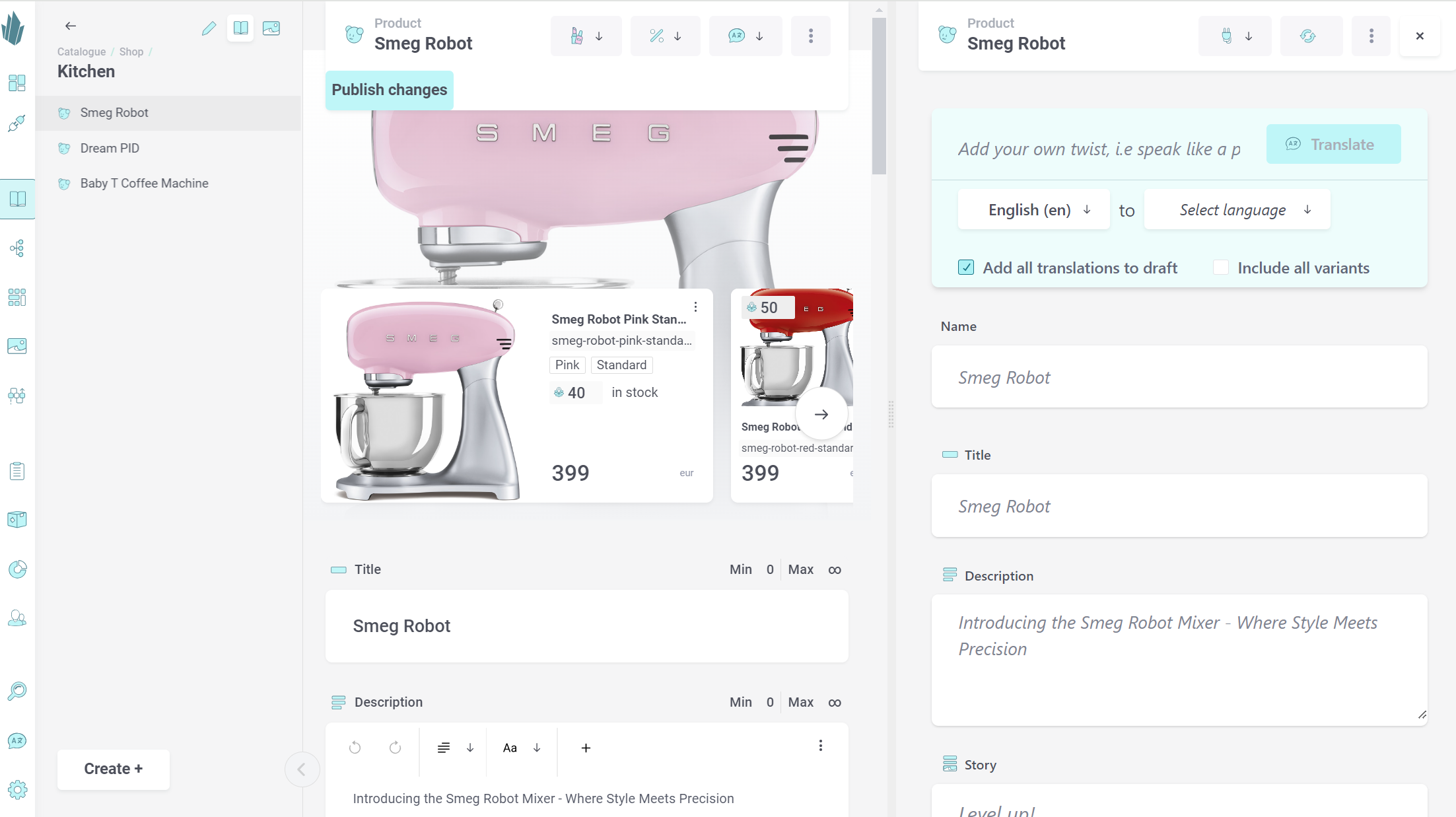
Website Design and User Experience (UX)
The cornerstone of a successful UX design for multilanguage storefronts lies in its ability to resonate culturally with the target audience while delivering industry expectations with ease of use and seamless navigation.
Our blog post about eCommerce web design, in general, is a great starting point. However, designing for a global audience demands sensitivity to cultural norms and preferences in addition to what we shared in the post. This includes everything from the layout and color scheme, which may carry different connotations across cultures, to imagery and iconography that reflect local tastes and practices.
The biggest issue might be product and category organization. It is not the same if you’re selling internationally but from a single location, or you might have different products available in different countries. The approach to building a multilingual store requires thoughtful content modeling sessions before actual design and development implementation.
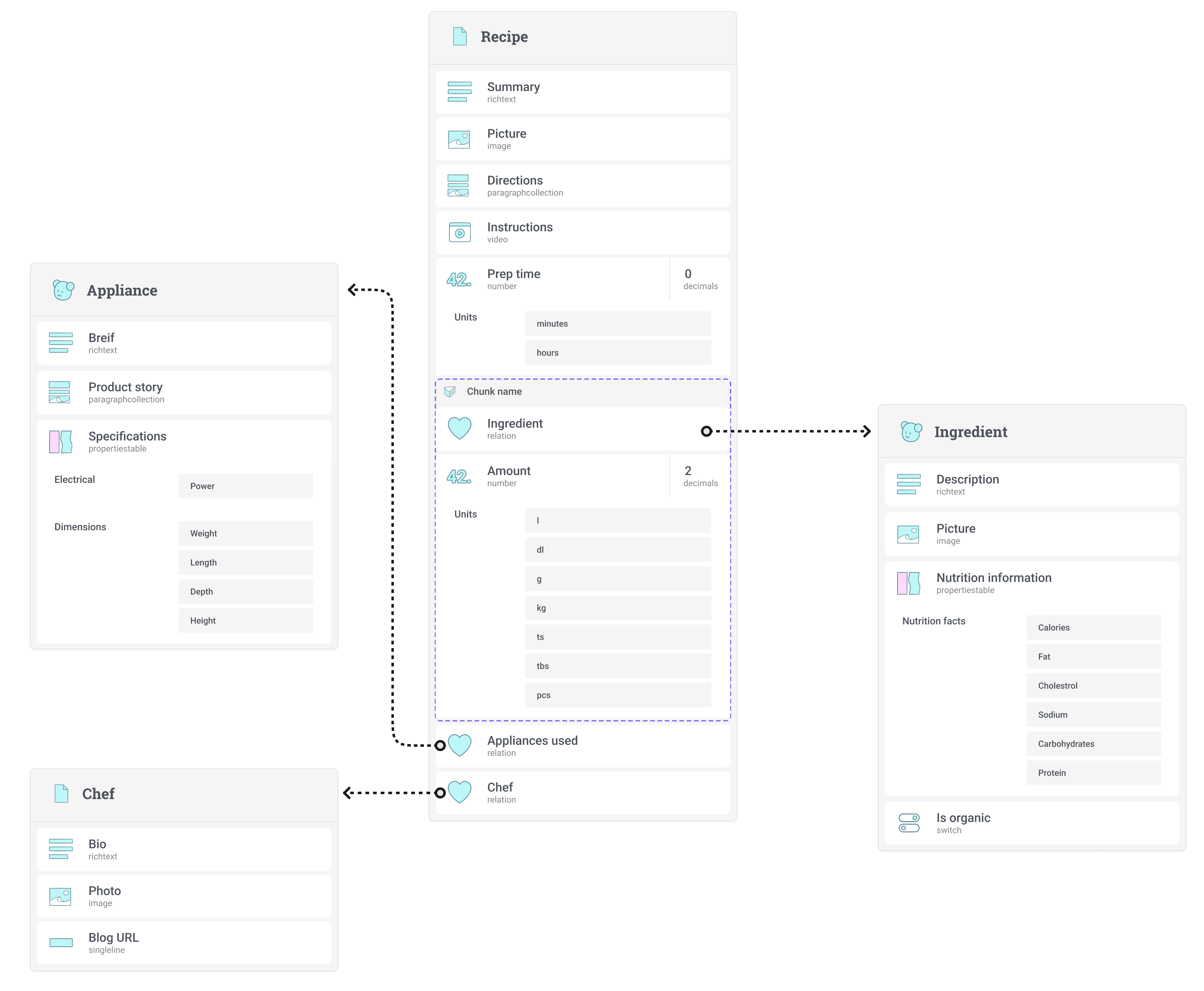
SEO Optimization for Multiple Languages
For a multilingual eCommerce site, visibility in local search engines is as crucial as the on-site user experience. How to optimize your Ssore for local search?
Given that local results are based primarily on relevance, distance, and prominence, the first steps are ensuring local keyword optimization, developing a localized content strategy, using hreflang tags, and setting up Google My Business (GMB).
Understanding Local Regulations
From the European Union's General Data Protection Regulation (GDPR) to the California Consumer Privacy Act (CCPA) and beyond, regulations mandate strict adherence to practices safeguarding consumer rights and data privacy.
Understanding and adhering to local regulations is not just about avoiding penalties; it's about affirming stores' and businesses' reputations as secure and reliable destinations for consumers worldwide.
Secure Payment Processing
Payment security involves deploying state-of-the-art encryption technologies, compliance with Payment Card Industry Data Security Standards (PCI DSS), and offering payment options that align with local preferences and norms. Furthermore, secure and localized payment processing reflects the store's dedication to customer-centricity.
The choice of payment providers directly impacts the store's ability to protect customer data. Localizing payment options—by offering local currencies, preferred payment methods, and localized checkout experiences—significantly enhances user satisfaction and conversion rates.
Conclusion
While the path to successful multilingual eCommerce is fraught with challenges, the future of eCommerce is unequivocally multilingual. And the time to embrace this global perspective is now.
💎We can help with that. Seriously, we can!
START building for FREE with Crystallize or schedule a 1-on-1 demo so we can show you how to scale your business effortlessly with the Composable Commerce approach.
👇Check These as Well
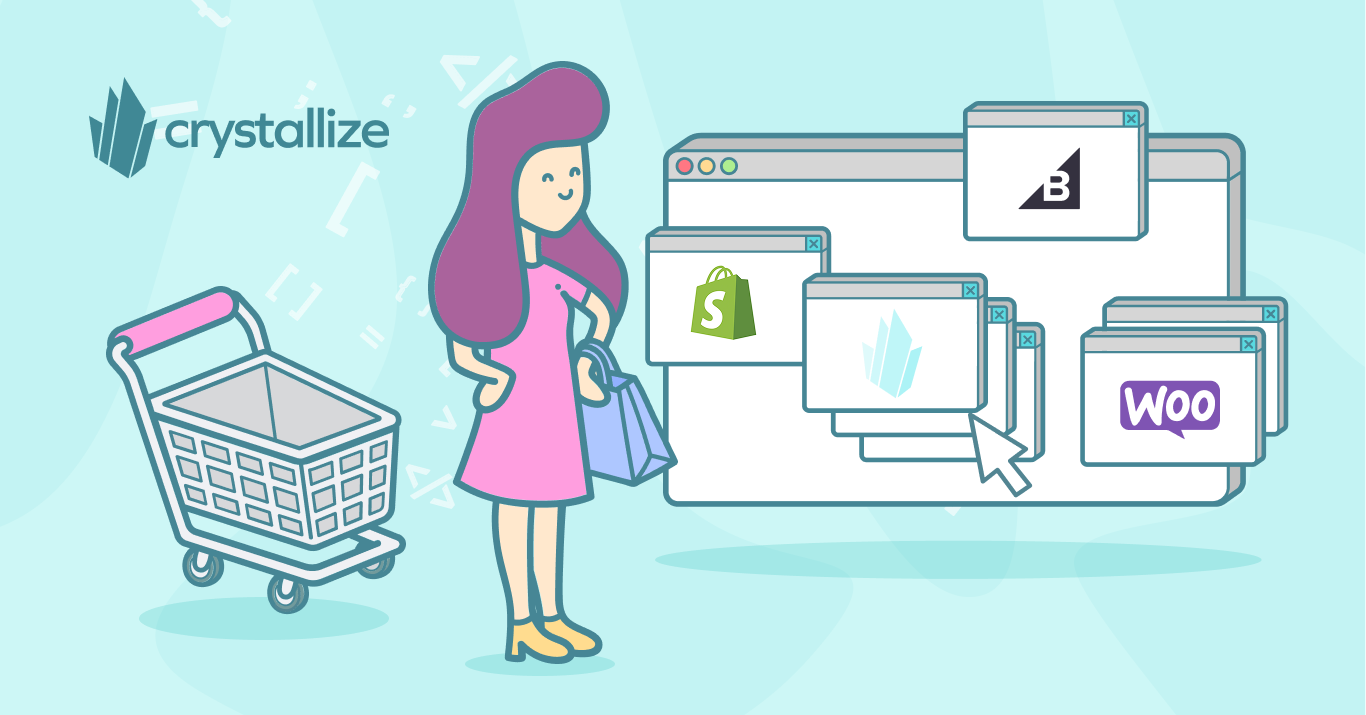
10 Best E‑commerce Platforms for Developers and Business Owners in 2025
Explore 10 leading e‑commerce platforms for 2025—including monolithic SaaS solutions like Shopify, BigCommerce, and Magento; composable headless options such as CommerceTools and Commerce Layer; and unified GraphQL/PIM‑powered platforms like Crystallize. Match your business model, technical requirements, and budget to find the optimal balance of ease‑of‑use, performance, and flexibility.
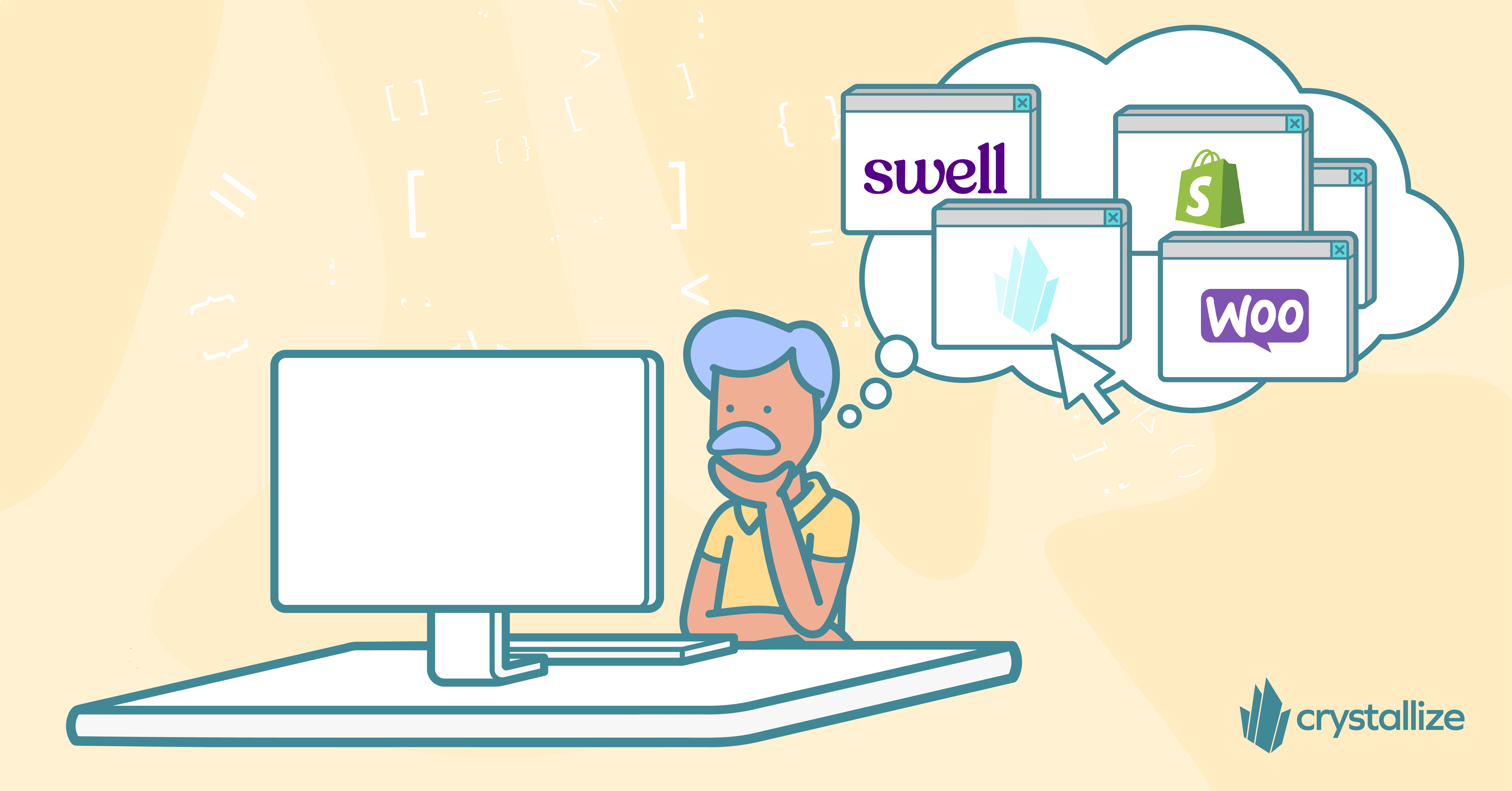
Choosing an eCommerce Platform Today Is Hard
Choosing the best eCommerce platform is one of the most important decisions you must make at the very start of your eCommerce journey if you want to have a jaw-dropping, money-making storefront.

Best Design Practices for Crafting Engaging and Effective eCommerce Websites
Ensuring your eCommerce website's design captures attention today goes beyond aesthetics. Design is just one piece of the puzzle of online business success, and it all starts with your product/service and brand.
